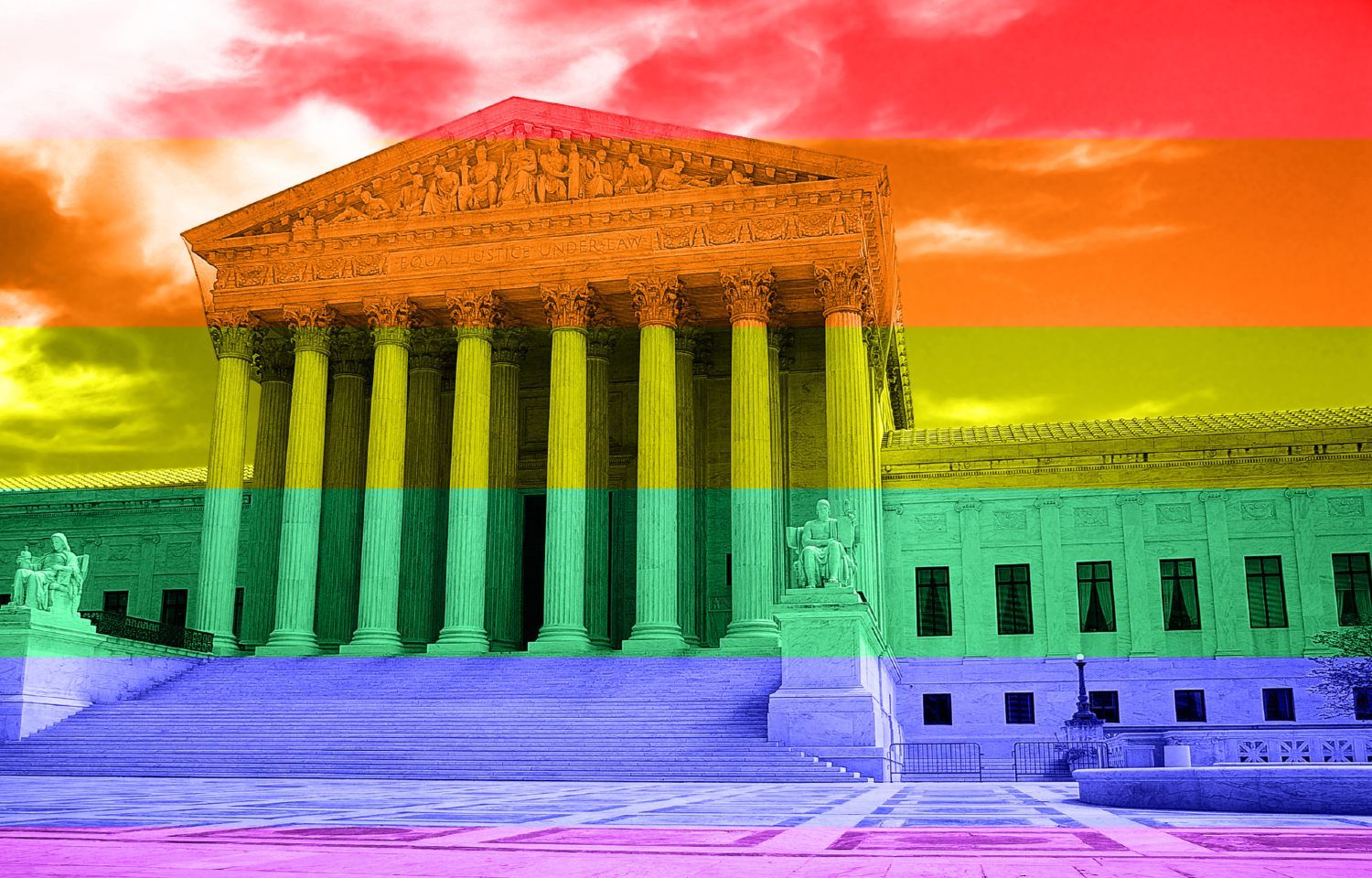Top Class Actions’s website and social media posts use affiliate links. If you make a purchase using such links, we may receive a commission, but it will not result in any additional charges to you. Please review our Affiliate Link Disclosure for more information.
On Monday, the U.S. Supreme Court determined it is unlawful for workplaces to discriminate on the basis of gender identity or sexual orientation.
ABC News calls this decision the most significant decision around LGBTQ rights in the U.S. since the Supreme Court’s 2015 decision legalizing same-sex marriage throughout the country.
Due to the coronavirus, oral arguments were conducted and the decision about the cases was announced virtually, to much anticipation.
The majority opinion was written by conservative Justice Niel Gorsuch, who previously has not favored LGBTQ rights, Vox says. Particularly striking in this decision is the breadth of its application and the fact that it resolves a conflict amongst circuit courts.
Additionally, this decision contrasts the Trump administration’s overarching approach to LGBTQ rights. The National Center for Transgender Equality explains that President Donald Trump announced plans to rollback Obama-era regulations protecting transgender individuals from healthcare discrimination.
Gorsuch was appointed by President Trump, and was not the only conservative justice to join the majority.
Conservative Chief Justice John Roberts also ruled against permitting gender identity and sexual orientation discrimination, as did justices John Roberts, Ruth Bader Ginsburg, Stephen Breyer, Sonia Sotomayor and Elena Kagan. Justices Samel Alito, Brett Kavanaugh and Clarence Thomas dissented.
Vox explains that Gorsuch’s decision to rule that the law does indeed prohibit discrimination on the basis of gender identity and sexual orientation came from his textualist approach to the law. According to Vox, this interpretation of the law relies on the belief that the wording of a law, not the intentions of its writers, defines its meaning.
In the case of the decision made Monday, this interpretation of the law reportedly led Gorsuch to make a decision at odds with his personal politics.
“Today, we must decide whether an employer can fire someone simply for being homosexual or transgender,” Gorsuch said in his words for the majority opinion. “The answer is clear. An employer who fires and individual for being homosexual or transgender fires that person for traits or actions it would not have questioned in members of a different sex. Sex plays a necessary and undisguisable role in the decision, exactly what Title VII forbids.”

“Judges are not free to overlook plain statutory commands on the strength of nothing more than suppositions about intentions or guesswork about expectations,” he said.
The dissenters in the Supreme Court argued that in 1964, the law did not include sexual orientation and gender identity in its protections against discrimination on the basis of sex.
The Supreme Court’s decision was reached after three people brought forward cases around gender identity and sexual orientation discrimination.
One was the late Aimee Stephens, who claimed she was fired from her job with Harris Funeral Homes after informing her boss that she intended to transition. The lawyers for the funeral home objected to the majority decision, and in so doing, spoke to the importance of following the words of the law.
But in contrast to Gorsuch’s opinion, one of the funeral home’s attorneys argued that the word of the law did not include sexual orientation and gender identity in its protections.
“Americans must be able to rely on what the law says, and it is disappointing that a majority of the justices were willing to affirm that common-sense principle,” he said. He argued the court was attempting to redefine sex.
He also went on to say the decisions would be unfair to women and girls, in a range of contexts including athletics, shelters and others. In his eyes, the ruling’s effects will “create chaos.”
The effects of the law will indeed be significant, though proponents would certainly not call it chaos.
ABC notes that before this decision was made, discrimination in the workplace around gender identity and sexual orientation was legal in more than half of the states.
Have you ever faced discrimination in the workplace? If so, how have you handled it? Feel free to share your experiences in the comments below.
The workers in the sexual orientation cases were represented by Pamela Karlan of Stanford Law School.
The worker in the gender identity orientation cases was represented by David Cole of the American Civil Liberties Union.
The Gender Identity and Sexual Orientation Discrimination Lawsuits are Case No. 17-1623; Case No. 17-1618; and Case No. 18-107; all before the U.S. Supreme Court.
ATTORNEY ADVERTISING
Top Class Actions is a Proud Member of the American Bar Association
LEGAL INFORMATION IS NOT LEGAL ADVICE
Top Class Actions Legal Statement
©2008 – 2024 Top Class Actions® LLC
Various Trademarks held by their respective owners
This website is not intended for viewing or usage by European Union citizens.















